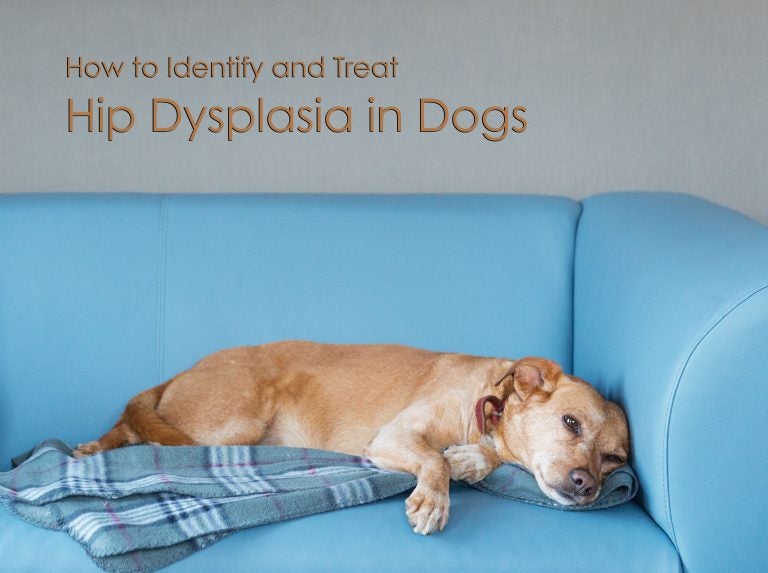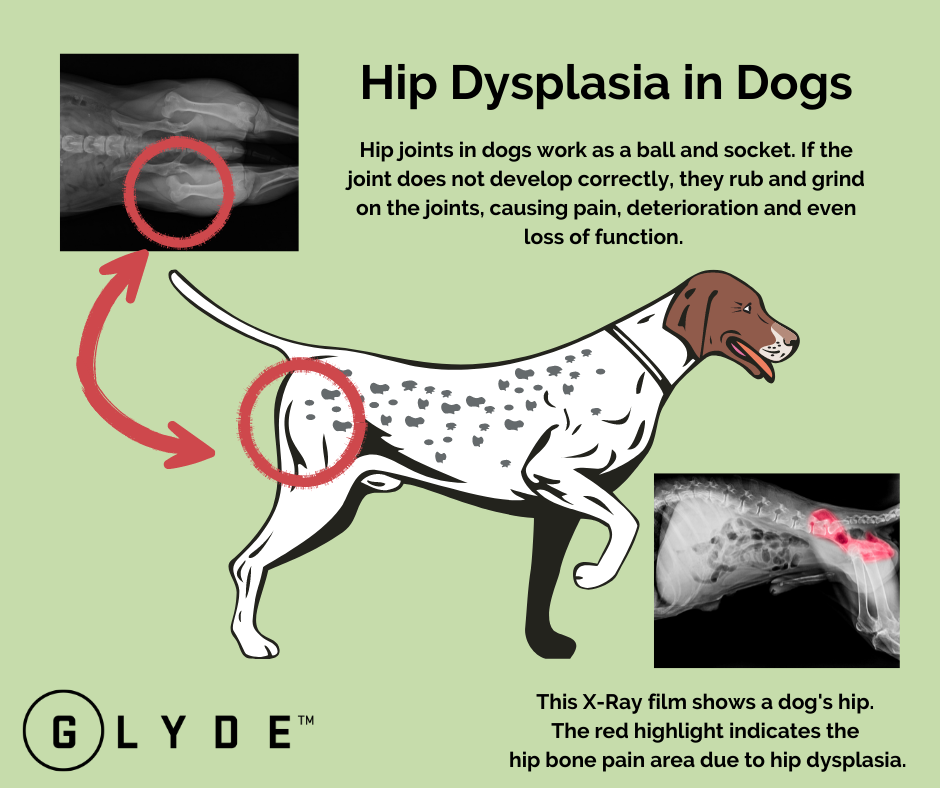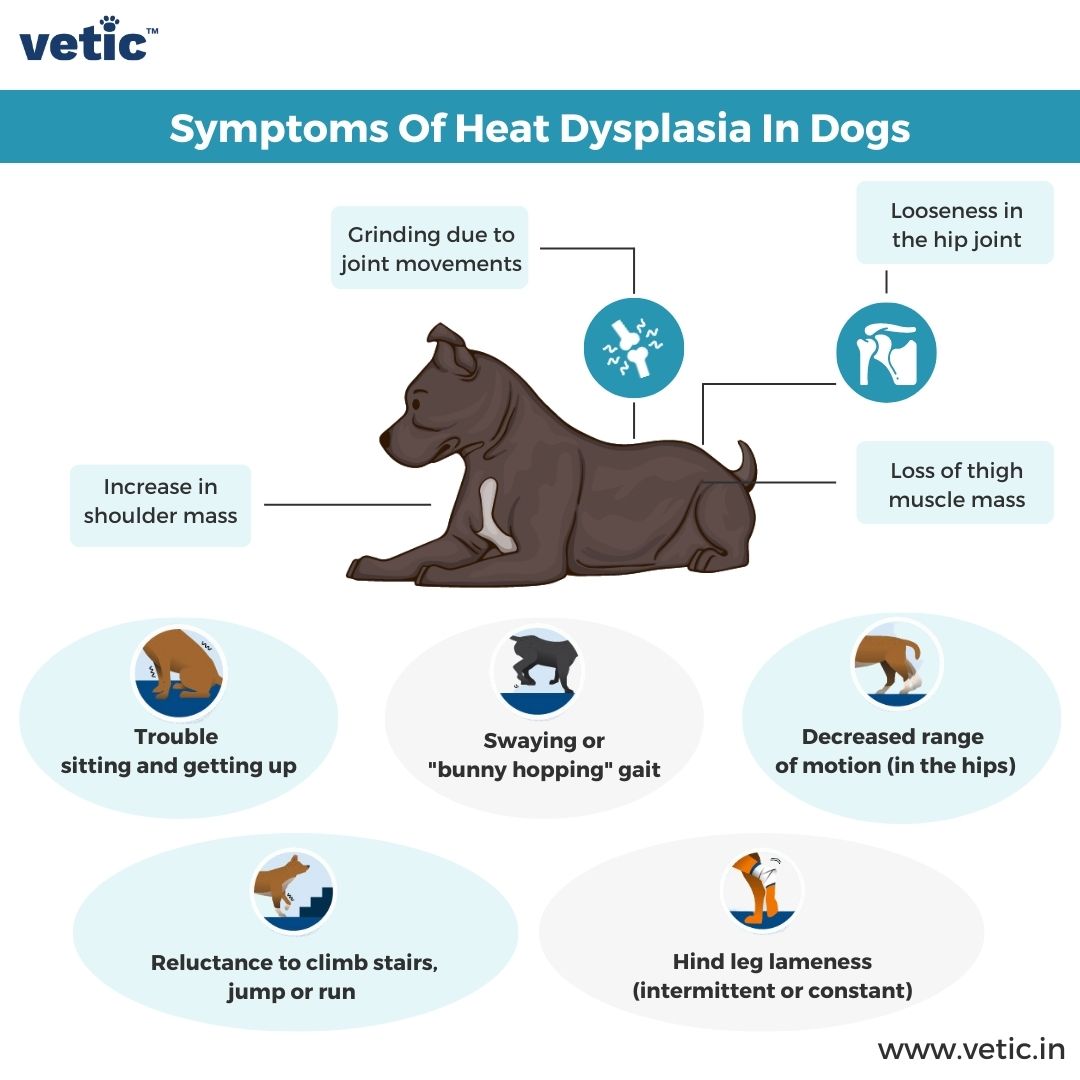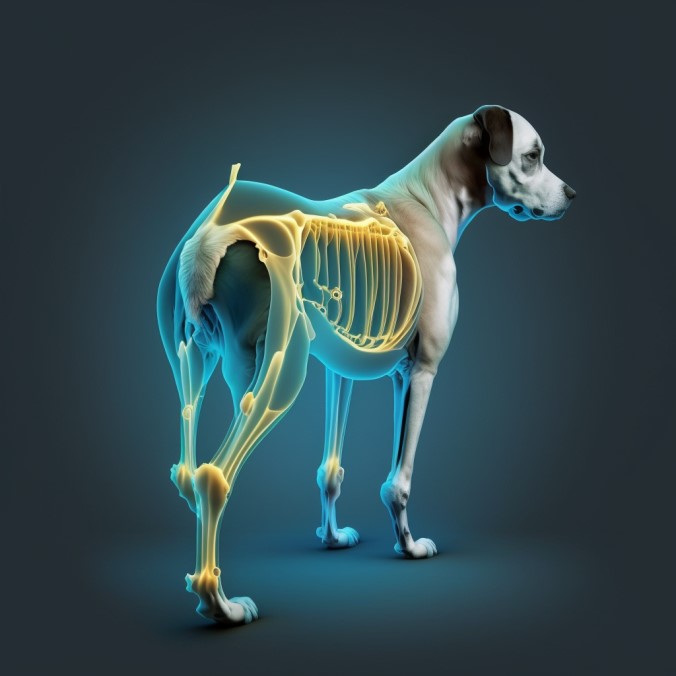Can’t-Miss Takeaways Of Info About How To Treat Hip Dysplasia In Dogs

Get peace of mind with the best pet.
How to treat hip dysplasia in dogs. 4 minutes if you think your dog has hip dysplasia, or your vet recently diagnosed your dog with this condition, you may be wondering about the best ways to care for your friend. How do you treat dog hip dysplasia? Symptoms of hip dysplasia include:
Symptoms and signs of hip dysplasia in dogs hip dysplasia can cause multiple symptoms. No, dogs cannot recover from hip dysplasia as there is no definitive cure. Here are 8 ways to naturally treat hip dysplasia in dogs.
Golden retrievers german shepherds rottweilers how is hip dysplasia treated? Labrador retrievers rottweilers golden retrievers german shepherds however, dogs of any breed and size can have hip dysplasia. Light photomicrographs of normal ( g) and fibrillated ( h, arrow) articular.
Each case must be examined and treated. Treating hip dysplasia involves careful exercise, weight control and pain relief. Know the signs of hip dysplasia and whether or not your dog is prone to the condition so you can treat it early on.
While there are quite a few different surgical strategies, the most common surgeries veterinarians use to treat hip dysplasia in dogs are: This reduces the number of. If left unmanaged, hip dysplasia progresses,.
However, there are options available that owners can implement to make their pets more comfortable. The best exercises for dogs with hip dysplasia |. The ball is the head of the femur and the socket (also called the acetabulum) is where the femur.
Encouraging natural play with other dogs or in the garden or park is a great way to keep your dog fit, stimulated and socialised. Determining the exact amount of exercise your dog needs will depend on its age, breed, and weight. It occurs during a dog’s growth stages and is a common condition that can be treated and managed.
This is a quantitative method that measures the actual amount of hip laxity. Natural ways to manage hip dysplasia in dogs | dogs naturally hip dysplasia doesn't have to mean surgery. Diet modification is another important aspect of managing hip dysplasia.
There are several surgical procedures available to treat hip dysplasia. Overexercising a dog with hip dysplasia can worsen the condition, so have a conversation with your vet about a safe level of exercise for your dog. Schemes are in place to check for hip dysplasia before mating two dogs.
Symptoms will vary depending on how severe the condition is. Surgical treatments include pectineal myotenectomy to reduce pain, triple pelvic osteotomy to prevent subluxation, pubic fusion to prevent subluxation, joint capsule denervation to reduce pain, dorsal acetabulum reinforcement to reduce subluxation, femoral head and neck resection to reduce arthritis, and total hip replacement for optimal restora. Keep reading to learn all about the causes, symptoms, and treatment options for hip dysplasia in dogs.


















